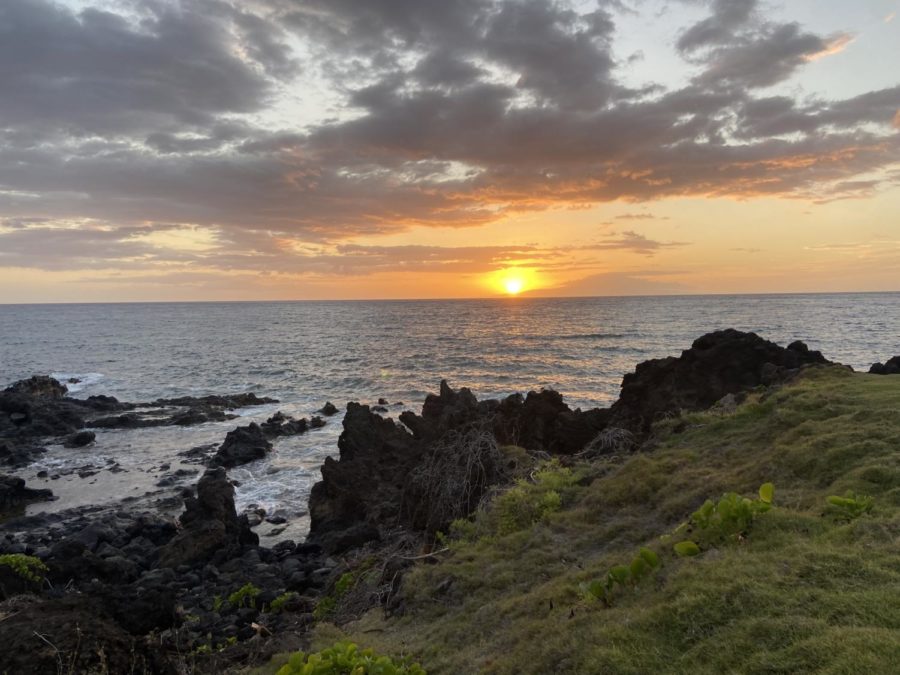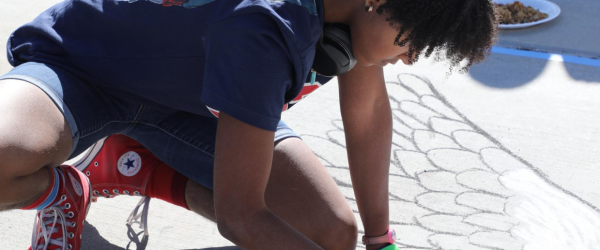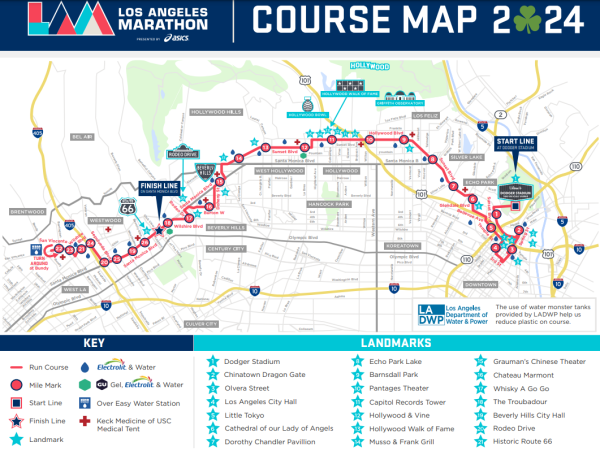Issues With Hawaiian Tourism
A beautiful sunset in Maui, Hawaii on the Wailea Beach Resort. There are multiple problems with an abundance of tourism in Hawaii.
May 10, 2022
When planning a vacation, a paradise across the Pacific Ocean seems like a perfect destination. Hawaii is one of the most popular tourist destinations, as around 7 million people visited Hawaii in 2019 and around 4 million people visited in 2021 (khon2.com). Even though there has been a three million people decrease over the past two years, there is still a large amount of people considering COVID-19 concerns. Unfortunately, with the large amount of tourism, it raises many environmental concerns.
With so many people visiting Hawaii in a year, this leads to an abundance of waste from tourists. Around twenty tons (a ton is two thousand pounds) of trash pollutes the ocean and shores each year according to Hawaii Wildlife Fund, and 96% of that waste is from plastics. The most polluted area with plastic waste is Kamilo Beach on Hawaii’s Big Island (earth.org). Because of the great quantity of waste going into the ocean and washing up on the shores, this causes many concerns to ocean life and people on the beach.
Many of the waste coming from Hawaiian islands goes into the Great Pacific Garbage Patch, which is 1.6 million square kilometers wide of just trash. This trash is suffocating sea turtles and other wildlife causing many marine species to become endangered, such as the North Atlantic Right Whale, Whale Sharks, and multiple species of sea turtles (oceanconservancy.org). This means that these beautiful sea species might become extinct in the next few years due to the extreme amount of pollution in the ocean. Also, with plastic washing away on the shore, this creates a dangerous environment for beach goers, especially Native Hawaiians. Since they live in Hawaii, they are at the beach very often, and they could step on sharp plastics and ingest unhealthy plastics in the water, meaning young naive children are very susceptible to injury due to these plastics.
Also, tourism is causing negative effects for the Native people. In addition, due to the increased pollution, this could lead to climate change and global warming. Since Hawaii is located in the Ring of Fire, which is an area that contains a high amount of earthquakes, tsunamis, and other natural disasters, climate change causes an increased amount of these events and intensity when these events occur. In turn, this affects the Native People as well since their house and town could be destroyed with these disasters. To add, real estate is becoming an increasing problem for Hawaiian Natives. Ms. Chen (Staff) states that “when people buy expensive real estate in Hawaii, it causes rent to go up making it harder for Native people to be able to afford houses.” This is unfortunate for people who live in Hawaii, as they are confined to living in a very small house or having to leave their home due to rich mainlanders wanting to buy a vacation home.
Thus, when visiting Hawaii, it is important to be cognizant of the environment and Native people. By recycling plastic waste and using reusable water bottles and bags, you can immensely help the environment. Also, by understanding the struggles of Native people, you can potentially help their situation by refraining from purchasing expensive real estate and purchasing from Hawaiian businesses.





















